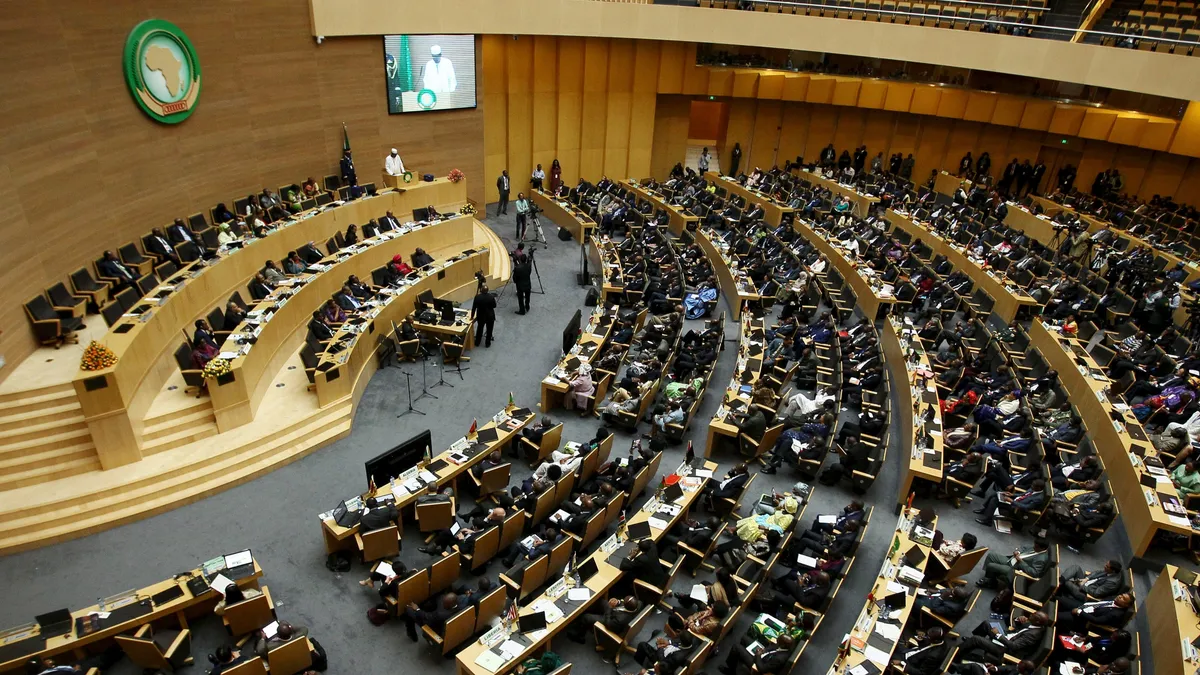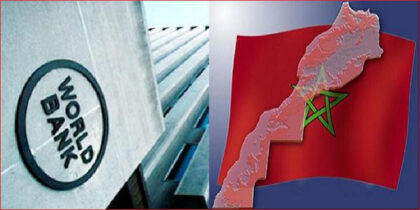Developing countries are on a “path to debt crisis” and another “lost decade”, World Bank warns in its latest annual publication, unless African and other debtor governments, private and official creditors and multilateral financial institutions agree on a quick and coordinated action to secure more support from the creditors.
The 50th edition of the ‘International Debt Report 2023’ published by the World Bank features external debt statistics and analysis for the 122 low- and middle-income countries that report to the World Bank Debt Reporting System (DRS). It notes that developing nations spent a record $443.5 billion to service their external public and publicly guaranteed debt in 2022. Debt-service payments, which include principal and interest, increased by 5% over the previous year for all developing countries as global interest rates remain at four-decade highs. This comes after Ethiopia recently failed to pay a $33m bond coupon and looks set to become the latest African country to default on its debt. Rating agency Fitch Ratings downgraded Ethiopia’s credit rating on Thursday (14 December) to junk status, while markets now expect Ethiopia to join Zambia and Ghana as Africa’s latest debt defaulters.
Another World Bank report entitled ‘Unlocking the Development Potential of Public Debt in Sub-Saharan Africa’ notes that a number of African countries have in recent years experienced a considerable increase in public debt and risk. This is the result of shocks from the Covid-19 pandemic and the war in Ukraine that have compounded long-lasting structural weaknesses, including weak revenues, expenditure pressures, and weak growth. It warns that excessive public debt is a threat to the economic growth of low-and middle-income countries particularly in Sub-Saharan Africa — where the volume of nominal public debt has more than tripled since 2010 — and if mismanaged, it could reverse decades of development gains.
According to the report, the Washington-based lender and other creditors are utilizing various tools to assess risks to debt sustainability in lower-income countries in the region and to support impactful measures to address structural weaknesses to ensure that debt burdens do not overwhelm the ability to reduce poverty or provide essential government functions.



